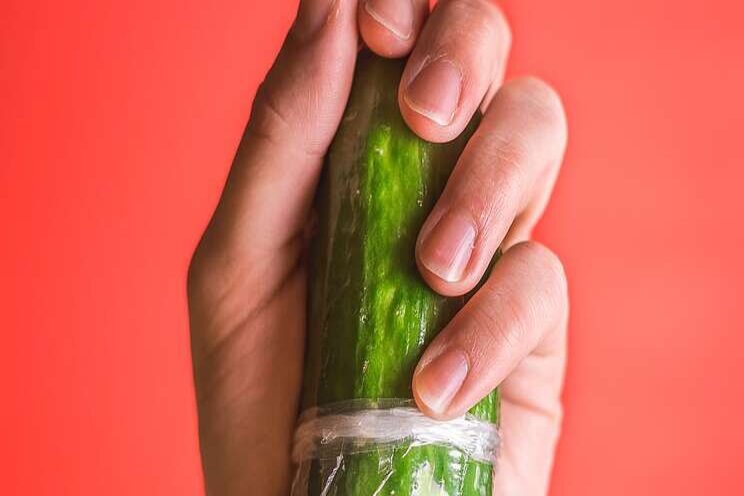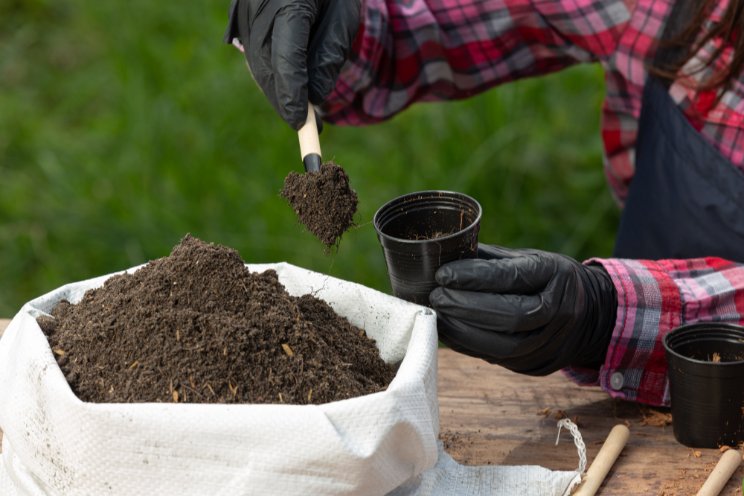Greenhouse cucumber problems
Added on 17 February 2020

Greenhouse Environment
High humidity, confined spaces and insufficient air circulation create greenhouse environments that have the potential to support unhealthy plants. Cucumber plants are vigorous growers, requiring 5 to 7 feet of growing space per plant in greenhouses, according to the University of Florida IFAS Extension. Vines need training on vertical supports, and if they do not receive adequate growing space, crowded plants receive insufficient sunlight and harvests are diminished. Good air circulation, accomplished by using greenhouse fans, is a must for keeping plants dry, which reduces potential for diseases to take hold.
Molds and Mildews
Horticultural molds and mildews grow on plants that succumb to fungal infections. Gray mold (Botrytis cinerea) is particularly injurious to greenhouse cucumbers and is a direct result of improperly controlled humidity. Complete disease prevention is possible by circulating air that keeps moisture from collecting on leaves, according to the Texas A&M University AgriLife Extension. Powdery mildew (Sphaerotheca fuligenea) and downy mildew (Pseudoperonospora cubensis) are fungal disease that sporulate and leave fuzzy growths on leaves. Powdery mildew symptoms show white, cottony masses on the tops of leaves, and downy mildew manifests as gray or purplish masses on leaf undersides. Sulfur dust is effective for controlling powdery mildew, according to the University of California at Davis, but planting resistant cucumber varieties is the best control measure.
Damping-Off
Damping-off is an infectious disease that is a formidable opponent to greenhouse cucumbers. Seeds may fail to germinate, or young seedlings may wilt from soil-level lesions. Pathogens from Rhizoctonia, Pythium and Phytophthora species aggressively invade young, weakened seedlings, but they can also infect older plants. Using chemically pretreated seeds has been the conventional disease prevention and control method for damping-off disease. However, a 2010 Cornell University cucumber research project revealed a surprising disease-suppression agent -- vermicompost, or earthworm excrement.
Viruses
Greenhouse cucumbers are susceptible to viral diseases, including cucumber mosaic, watermelon mosaic and squash mosaic. Viruses cause stunted plant growth, leaf spots and decreased fruit production. The Texas A&M University AgriLife Extension reports that there is no known cucumber-resistant variety to these diseases. Tiny aphids transmit diseases from infected plants outside greenhouses to cucumber plants cultivated inside. Greenhouse structures act as physical barriers that prevent some insect entry, but they do not deter all intruders. Controlling viruses requires controlling insect populations.
Insects
Routine plant inspections are important for early insect detection. Openings through vents, walls and open doors provide entry for greenhouse pests. In addition to aphids, whiteflies, spider mites and thrips present problems for cucumbers. Greenhouse environments are attractive to insects and can support large infestations with devastating consequences, if early populations are not treated quickly. Chemical intervention is often required to control insects, but chemicals can become ineffective as pests develop resistance to them. The Colorado State University Extension recommends less frequent and more dilute insecticidal applications, plus rotating pesticides, to delay insect resistance.
Source: Homehguides
Photo by Scott Sanker on Unsplash
Source: Home guides
More news















